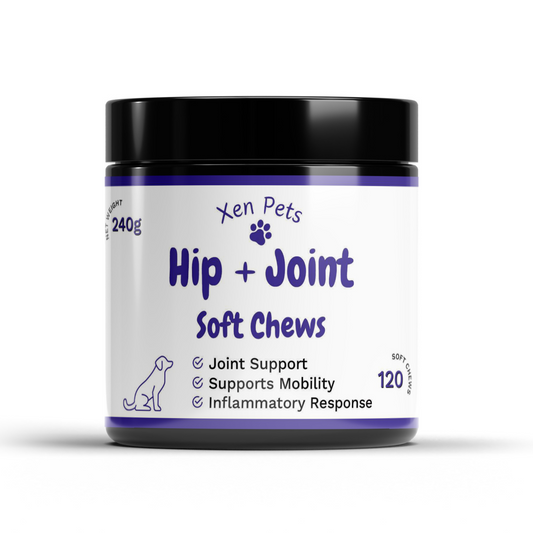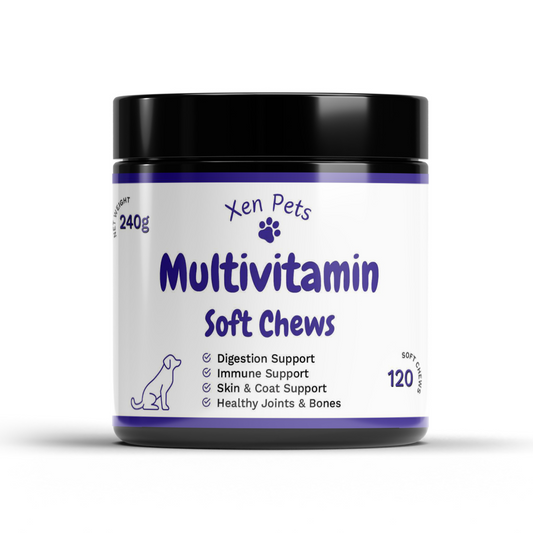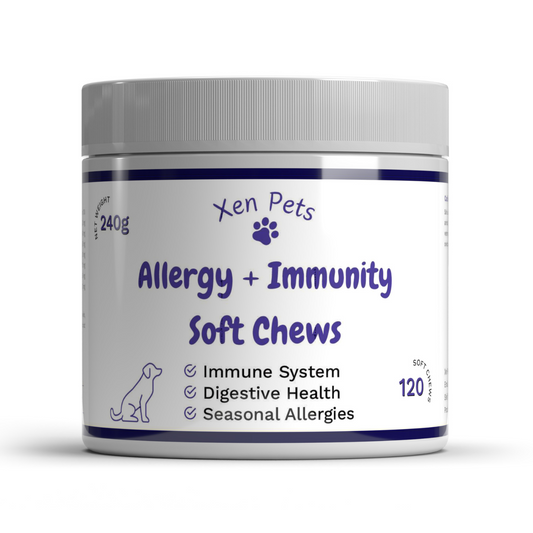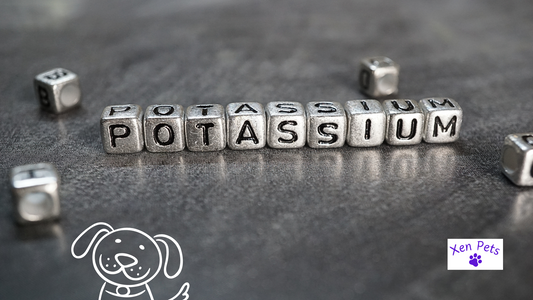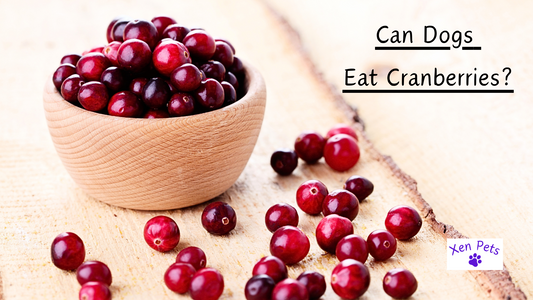Hip Dysplasia In Boxers: A Guide to Joint Health
Tory JohnsonShare
Boxers are one of the most popular dog breeds in America, so it's important to be aware of the health concerns that come along with owning one. One such concern is hip dysplasia, a condition that can lead to mobility issues down the road. In this blog, we'll discuss what you need to know about hip dysplasia in Boxers.

While the condition is not always debilitating, it can cause joint pain and discomfort for your furry friend. If you suspect that your Boxer puppy has hip dysplasia, here are a few things you can do to help them feel better.
Let's discuss what hip dysplasia is, how to spot it in your dog, and some of the treatment options available. Thanks for reading!
Signs of Boxer Hip Dysplasia
Hip Dysplasia affects millions of dogs each year, including many popular breeds like Boxers and even Boxer puppies.
Canine hip dysplasia occurs when the dog's joints don't develop properly, leading to a loss of joint function and pain. It's important to look for early signs.
6 Common Signs of Hip Dysplasia in Dogs
- Lameness
- Stiffness or limping
- Decreased range of motion
- Joint pain
- Loss of thigh muscle
- In severe cases, dogs may even suffer from arthritis or joint deformities
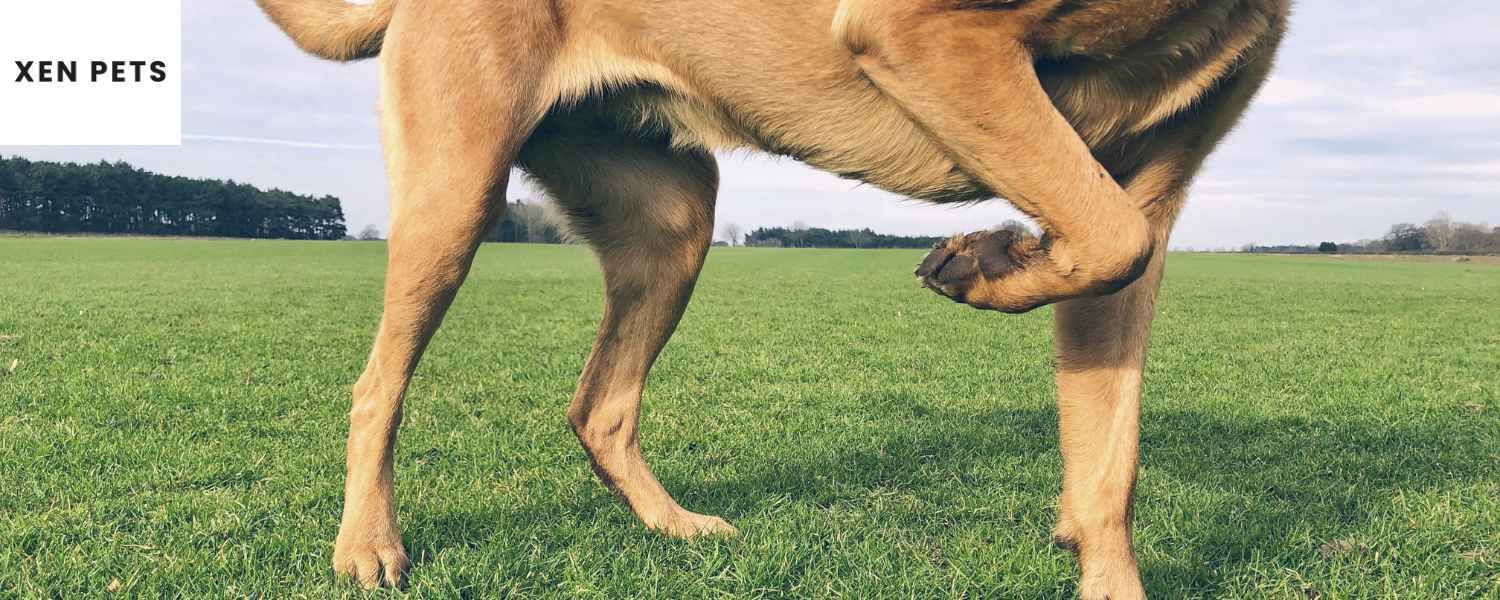
Treatment Options
If you suspect that your dog may have hip dysplasia, it's important to consult a veterinarian as soon as possible. With early diagnosis, your vet can help your dog live a happy and healthy life despite this condition.
Hip Dysplasia
Treatment for hip dysplasia typically begins with weight control.
Keeping your dog at a healthy weight is one of the best things you can do to reduce the severity of the condition and lessen the pain your dog may be experiencing.
In some cases, your veterinarian may also prescribe exercise and physical therapy to help maintain joint flexibility and muscle strength.
In more severe cases, surgery may be necessary to correct the alignment of the hip joint. However, it is important to maintain a healthy weight to minimize stress on the joint.
By working with your veterinarian and following their advice, you can help your dog live a long and healthy life despite their hip dysplasia.
Degenerative Joint Disease
Joint disease, also known as osteoarthritis, is a condition that causes sore joints.
The symptoms can range from mild to severe, and the pain can be intermittent or constant. While there is no cure for this disease, there are treatments that can help to ease the pain and improve the quality of life for dogs who suffer from it.
One common solution is physical therapy, which can help to increase range of motion and reduce pain.
Other treatments include medication, injections, and surgery. No matter what treatment is chosen, it is important to work with a veterinarian to find the best plan for managing joint health and this painful condition.
Joint Pain
Joint pain is a common affliction that can be caused by a variety of factors, from injury to arthritis.
While there is no one-size-fits-all solution for joint pain, there are a number of treatments that can provide relief.
One widely used solution is connective tissue massage therapy, which helps to improve circulation and flexibility in the affected joints.
Another popular option is pet acupuncture, which can help to release tension and promote healing.
Wrap Up: Hip dysplasia in Boxers
If you have a boxer with hip dysplasia, don't despair. There are treatment options available that can help ease your dog's pain and improve their quality of life and keep your dog active.
You might want to try different joint supplements, which have helped many dogs suffering from hip dysplasia and other types of arthritis. Give them a try today and see for yourself how much they can help.

Frequently Asked Questions
Is hip dysplasia common in boxers?
Boxers are prone to a condition known as hip dysplasia. Hip dysplasia is a deformity of the hip joint that can lead to pain and lameness.
In severe cases, it can even cause a dog's mobility to be severely impaired. While hip dysplasia is relatively common in boxers, it is important to note that it can occur in any dog, regardless of Breed. If you think your dog may be showing signs of hip dysplasia, please consult your veterinarian.
How do you treat hip dysplasia in boxers?
There's no one-size-fits-all answer to the question of how to treat hip dysplasia, as the best course of action will vary depending on the severity of the condition.
However, joint supplements are often recommended as a way to reduce pain and inflammation, and help protect the joint from further damage.
What are the first signs of hip dysplasia in dogs?
One of the most common early signs is a change in gait. If your dog begins to limp or bunny hop, it could be a sign of hip dysplasia.
Another common symptom is decreased range of motion in the hips.
If your dog seems stiff or reluctant to move, it could be another sign that something is wrong.
If you notice any of these changes in your dog, make an appointment with your veterinarian for an exam. Early diagnosis is critical for preventing long-term problems.
How long can a dog live with hip dysplasia?
Hip dysplasia is a debilitating condition that can cause a great deal of pain and suffering.
It is often seen in senior dogs, but fortunately, with the right treatment it should not affect their life span.
With proper care and management, many dogs are able to live relatively normal lives despite their condition.
In fact, one senior boxer with hip dysplasia lived to the ripe old age of 15! So while hip dysplasia can be a serious problem, it doesn't necessarily mean the end for affected dogs.
What triggers hip dysplasia?
The genetic makeup of your Boxer likely determines if they will have hip dysplasia.



